
Unlock Effortless Power: Turn Your Arms Off for a Better Golf Swing
Do you want to hit the ball further with less effort? If you’re fighting tension in your swing, this guide is for you. I’m Eric Cogorno, here to share a transformative three-step process to help you achieve an effortless golf swing. Our focus: turning your arms off to let your body do the work, bringing consistency, ease, and more distance to your game.
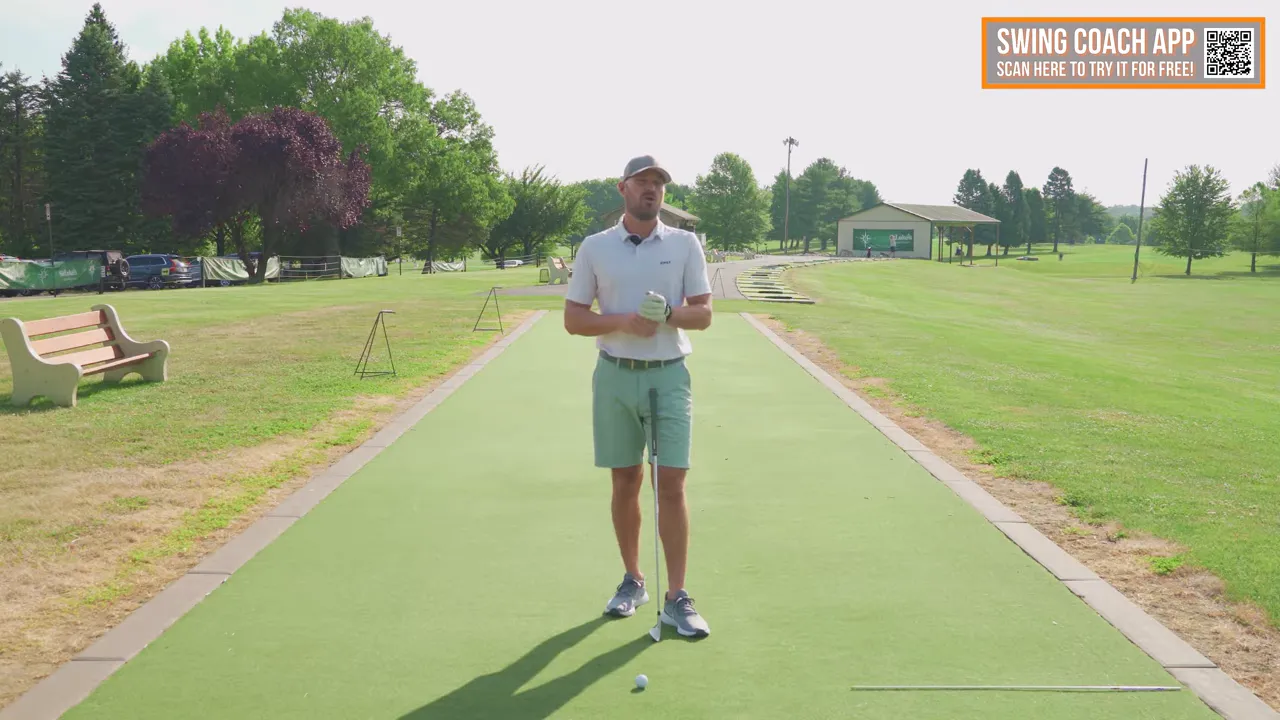
This guide provides a straightforward practice routine you can follow to revolutionize your golf swing. By maintaining the right grip pressure, allowing your arms to become “dead weight,” and using your chest to drive the swing, you’ll generate effortless power and reduce tension.
Table of Contents
- Outline
- Introduction: Importance of Arm Relaxation
- Step 1: Master Grip Pressure
- Step 2: Relax Your Arms
- Step 3: Lead with the Chest
- Combine Steps: The 9-Ball Routine
- Avoid Mistakes
- Track Your Progress
- Advanced Tips
- Enhance with Technology
- FAQ Section
- Conclusion
Introduction: Importance of Arm Relaxation
Tension in the arms leads to problems like timing issues and inconsistent contact. A simple yet effective solution lies in reducing tension in your hands and arms, letting your body become the powerhouse for generating effortless speed and accuracy.
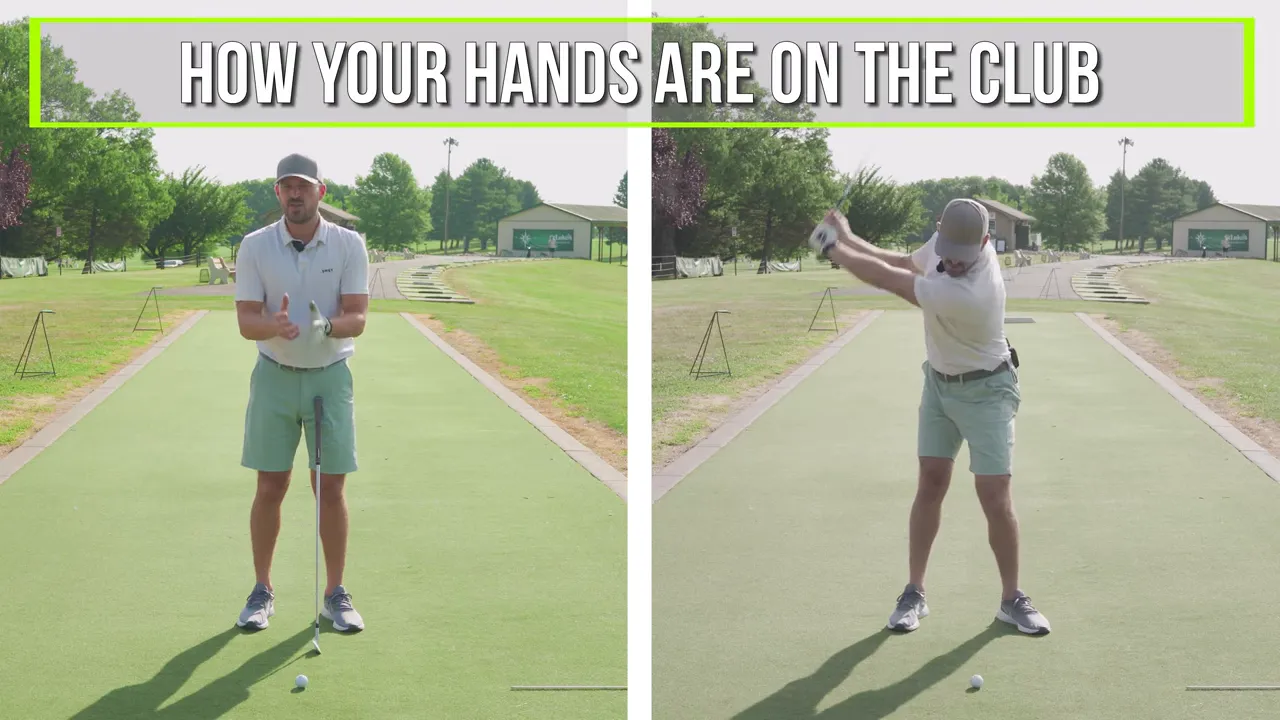
Step 1: Master Grip Pressure
Setting and maintaining the right grip pressure is crucial. Aim for a 4–5 out of 10 on the pressure scale from setup through impact, which helps prevent tension in your forearms and allows a smoother swing.
How to Feel a 4–5 Grip
- Visualize holding a tube of toothpaste without squeezing.
- If you feel the club comfortably, you’re there.
- Practice swings saying “four-five” to solidify the sensation.
Implement this by keeping constant grip pressure during the swing, especially during takeaway, transition, and follow-through.
Step 2: Relax Your Arms
Allowing your arms to dangle like “dead weight” relieves tension, following the body’s larger rotation and improving your swing’s consistency.
How to Achieve Dead Weight Arms
- Shake out tension and let arms hang naturally.
- Maintain the relaxed weight as you take hold of the club.
- Ensure grip pressure is consistent as you swing.
By having relaxed arms, you help the timing improve while reducing muscular effort.
Step 3: Lead with the Chest
Initiating your swing with chest and core sets up a natural flow, letting your arms naturally follow the movement without leading.
How to Feel Chest-Led Motion
- Set up with relaxed arms.
- Rotate the chest away in the backswing to shift into the following swing.
- Move the chest forward on the downswing, ensuring arms follow.
The key sequence: “chest away, chest through,” helps maintain the correct motion.
Combine Steps: The 9-Ball Routine
This nine-ball routine helps solidify each element individually before combining them:
- Three balls focusing on grip pressure.
- Three balls integrating grip and relaxed arms.
- Three balls combining all elements: grip, arms, and chest-led motion.
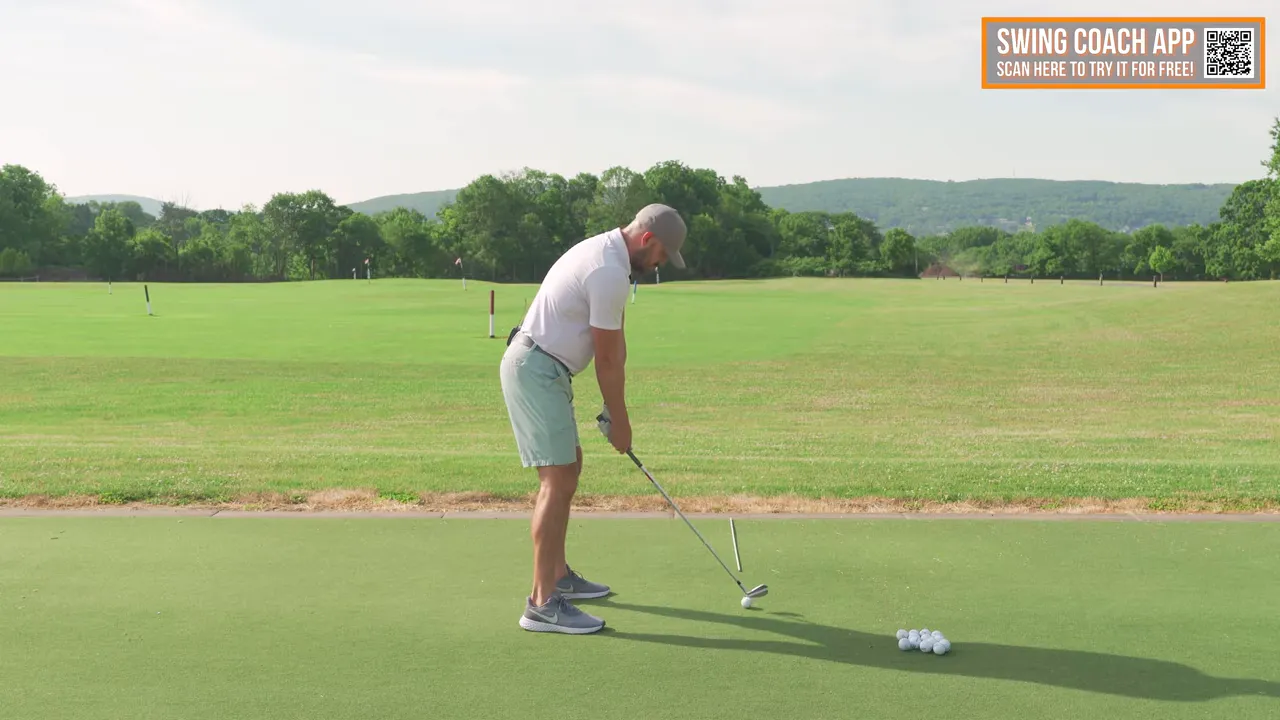
Avoid Mistakes
Issue: Grip Tightens
Solution: Mentally cue “4–5” to maintain proper pressure.
Issue: Arms Lead
Solution: Practice chest-first movements without a ball.
Issue: Loss of Control Perception
Solution: Start with short swings to build confidence and timing.
Track Your Progress
- Feel Score: Rate your grip maintenance out of 10.
- Contact Consistency: Aim for clean strikes out of every 9 swings.
- Course Transfer: Use the routine before rounds to help translate practice to play.
Advanced Tips
For Tight Grips
Adjust to a slightly firmer grip, but maintain the dead weight arm necessity.
For Beginners
Stick to the nine-ball routine and focus on mid irons initially.
For Advanced Players
Incorporate speed drills after internalizing the routine for enhanced results without tension.
Short Game
Apply these principles to chipping and pitching for improved consistency around the green.
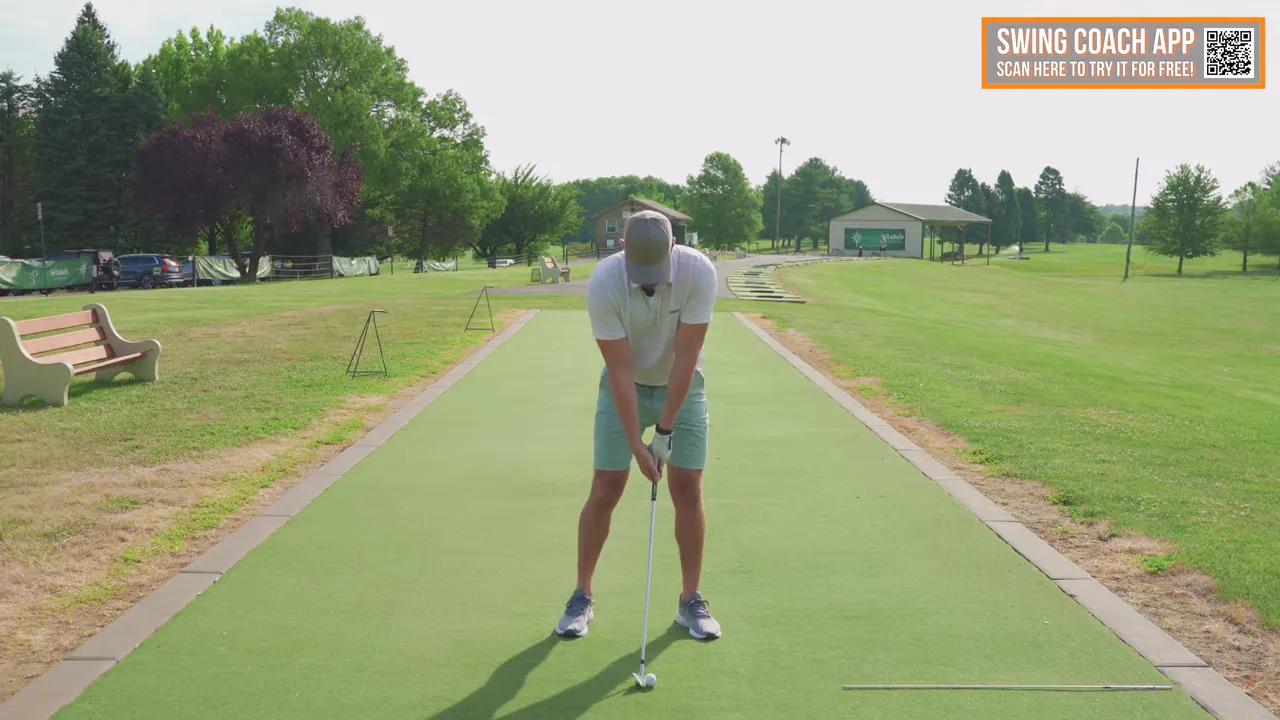
Enhance with Technology
Use video analysis and swing feedback tools to supplement your practice routine, but emphasize feel and sequencing over data.
FAQ Section
How Soon Will I Feel Improvement?
Noticeable changes often occur within the first session; true habit change occurs over weeks with regular practice.
Can a Light Grip Affect Clubface Control?
Consistent grip pressure ensures stability; a lighter grip usually leads to a naturally more stable swing.
Should I Use the Routine with Drivers?
Begin with mid irons before transitioning to drivers once comfortable with the feel.
Does Relaxing Arms Reduce Distance?
Initially, yes, but as your swing efficiency improves, distance tends to return and often increase.
Can This Routine Alleviate Joint Pain?
Less tension can reduce stress on joints, potentially alleviating minor discomfort in shoulders and elbows.
Conclusion
Achieving an effortless golf swing is as simple as managing grip, creating “dead weight” arms, and allowing the chest to lead. Embrace this nine-ball routine, and watch as your swing becomes more powerful and consistent without additional effort.
Begin today, track your progress, and don’t hesitate to adjust the steps to better fit your swing. Remember, effortless golf is attainable through simple, sequential practice.
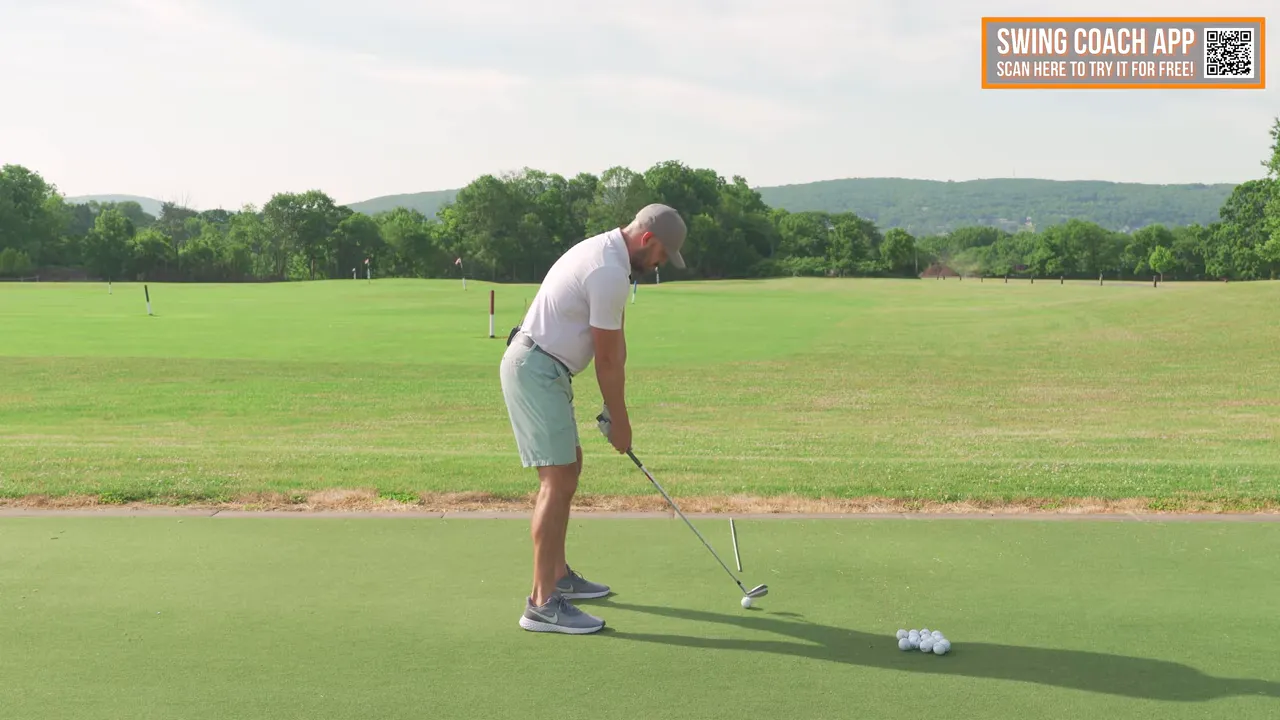
Commit to this routine over the next couple of weeks, and you’ll redefine how you deliver power in your game. Practice these steps, trust the process, and enjoy the effortless power you’ll gain.


0 Comments